The Hidden Energy Drain in Commercial Cooling Systems
In the Philippines, commercial and industrial facilities depend heavily on their air conditioning systems to maintain productivity and occupant comfort. Yet, as energy prices continue to climb, inefficiencies within these systems are costing businesses more than they realize.
One of the most overlooked sources of energy loss lies not in the equipment itself, but in the aircon ducting and insulation. Poorly designed or inadequately insulated ductwork can waste as much as 20–30% of a system’s cooling energy, which is a loss that directly translates to higher operational costs and reduced cooling performance.
Why Duct Design Matters in Energy Efficiency
Air ducts are the arteries of an HVAC system. They distribute conditioned air across different zones of a building. However, when ductwork is undersized, poorly sealed, or unnecessarily long, the system compensates by consuming more power to achieve the same temperature levels.
This inefficiency adds up quickly in a tropical country like the Philippines, where cooling systems are always on. This is not only an operational problem for facility owners and sustainability officers; it is also an opportunity for energy conservation and efficiency that needs to be taken advantage of.
Some of the common ducting issues found in existing commercial installations include:
- Improper sizing – Undersized ducts restrict airflow; oversized ones lead to uneven temperature distribution.
- Air leaks – Gaps and loose joints allow cool air to escape before reaching intended zones.
- Excessive bends and poor routing – Sharp turns and long runs increase resistance and energy demand.
- Unbalanced distribution – Some areas get overcooled while others remain warm, leading to occupant discomfort and wasted energy.
A properly designed duct system ensures balanced air delivery, lower fan loads, and improved overall HVAC system efficiency.
Key Elements of an Energy-Efficient Aircon Ducting Design
A high-performing duct system starts at the design stage. Below are best practices that engineers and building owners should consider:
- Shorter Duct Runs
Keep duct routes as short and direct as possible. Each additional meter of duct adds friction and energy demand. Locating air handling units near the cooling zones reduces static pressure losses. - Correct Duct Sizing
Try to use accurate airflow calculations that take into account the layout, occupancy, and load of the room. Proper sizing guarantees that the system runs smoothly without overtaxing blowers or producing noise. - Smooth Layouts and Gentle Curves
Avoid abrupt turns or unnecessary branches. Streamlined duct layouts allow for smoother airflow and lower resistance. - Tight Sealing
Ensure all joints and connections are sealed using approved duct sealant or aluminum tape. Even small leaks can result in significant energy waste over time. - Zoning Systems
Implement zoning controls to cool only occupied areas. This is especially valuable in facilities with varying occupancy patterns, helping reduce load and optimize energy conservation.
The Critical Role of Aircon Ducting Insulation
Without adequate insulation, even a well-designed duct network becomes less efficient. Uninsulated ducts absorb heat from the surroundings, decreasing cooling efficiency and raising system strain in the Philippines, where roof spaces and utility areas frequently experience extremely high temperatures.
Benefits of Proper Aircon Ducting Insulation:
- Reduces Heat Gain
Insulation acts as a thermal barrier, maintaining air temperature as it travels through the ducts and minimizing energy loss. - Prevents Condensation and Moisture Damage
Condensation on uninsulated ducts can cause ceiling damage and mold growth. Insulation keeps surface temperatures above the dew point, protecting structural integrity and indoor air quality. - Improves Indoor Comfort and Consistency
Stable indoor conditions are guaranteed by a constant airflow temperature, which is essential for delicate settings like data centers, manufacturing floors, or retail establishments.
Selecting the Right Insulation Materials
The choice of insulation material can make or break long-term energy efficiency. Common materials used in Philippine commercial projects include:
- Fiberglass Insulation – Cost-effective and widely used for large-scale duct systems.
- Closed-Cell Foam Insulation – Excellent for high-humidity environments, offering moisture resistance and durability.
- Reflective Foil Insulation – Ideal for ducts exposed to radiant heat, such as rooftop or open-ceiling applications.
Beyond thermal performance, fire resistance, lifespan, and maintenance accessibility should guide material selection.
Maintenance: Sustaining Long-Term Efficiency
Without maintenance, even the best duct design deteriorates. Damaged insulation, loose joints, and dust accumulation can all subtly impair system performance. A plan for preventive maintenance ought to comprise:
- Biannual inspection for leaks and loose fittings
- Duct cleaning to maintain airflow efficiency
- Checking insulation for wear, moisture, or damage
- Resealing or rewrapping ducts when necessary
Proactive maintenance protects your investment and sustains energy-efficient HVAC operation.
Final Thoughts
For Philippine businesses, energy efficiency is no longer optional, it’s strategic. A well-designed air conditioning system with proper aircon ducting insulation is a long-term investment that reduces energy costs, enhances comfort, and supports sustainability goals.
At Nativ Techniks Inc., we design and implement energy-efficient HVAC services tailored for commercial and industrial facilities. Our solutions focus on smart ducting layouts, high-performance insulation, and optimized cooling strategies that deliver measurable energy savings.
Call us at +63 917 631 0032 or mail us at wecare@nativtechniks.com to find out more about our HVAC services.
Let’s make your facility cooler, smarter, and more energy-efficient.


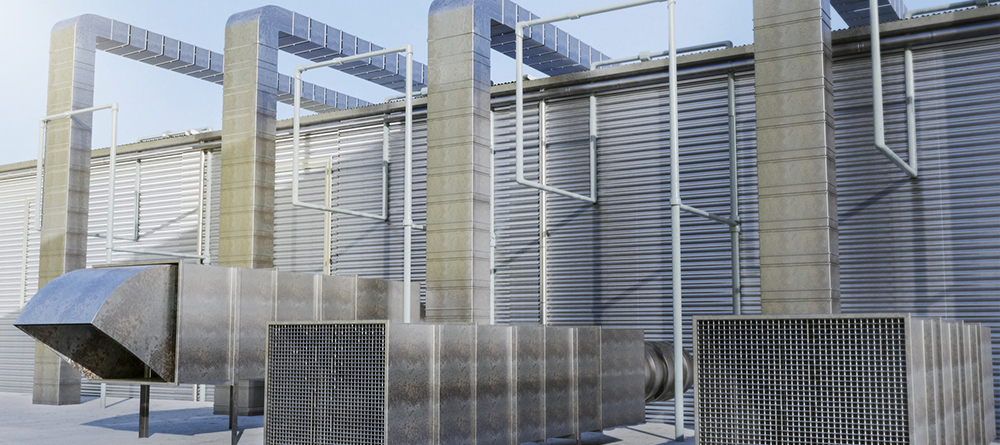
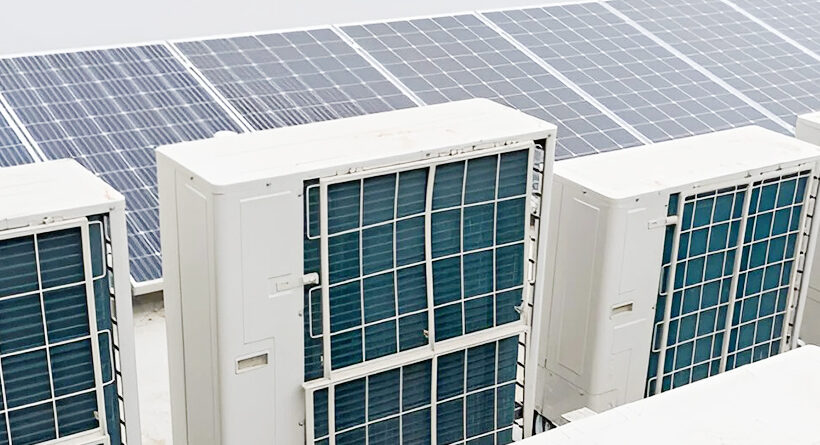
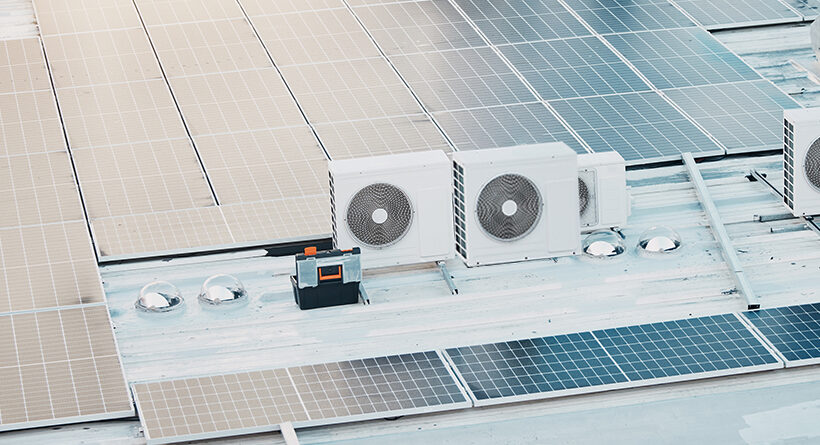
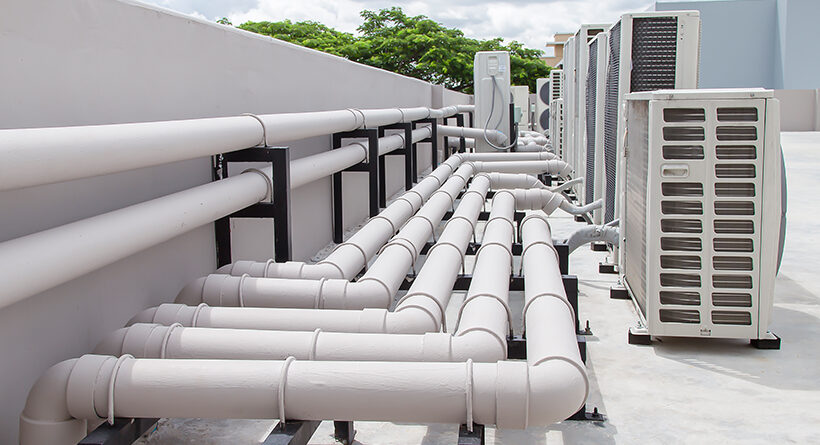
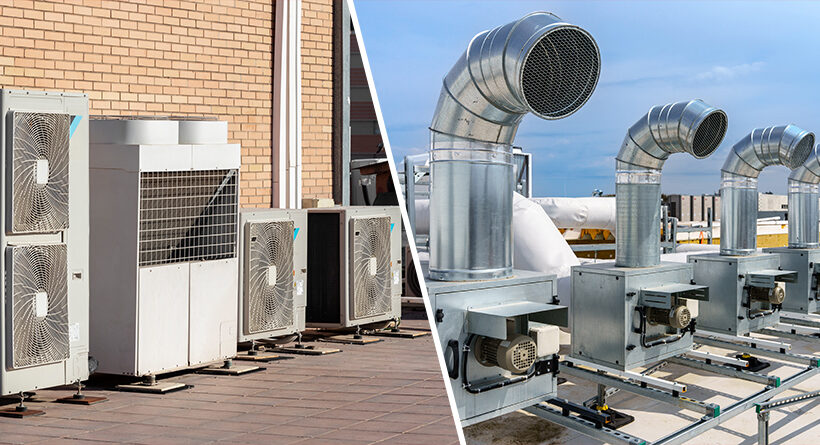

Leave a Reply